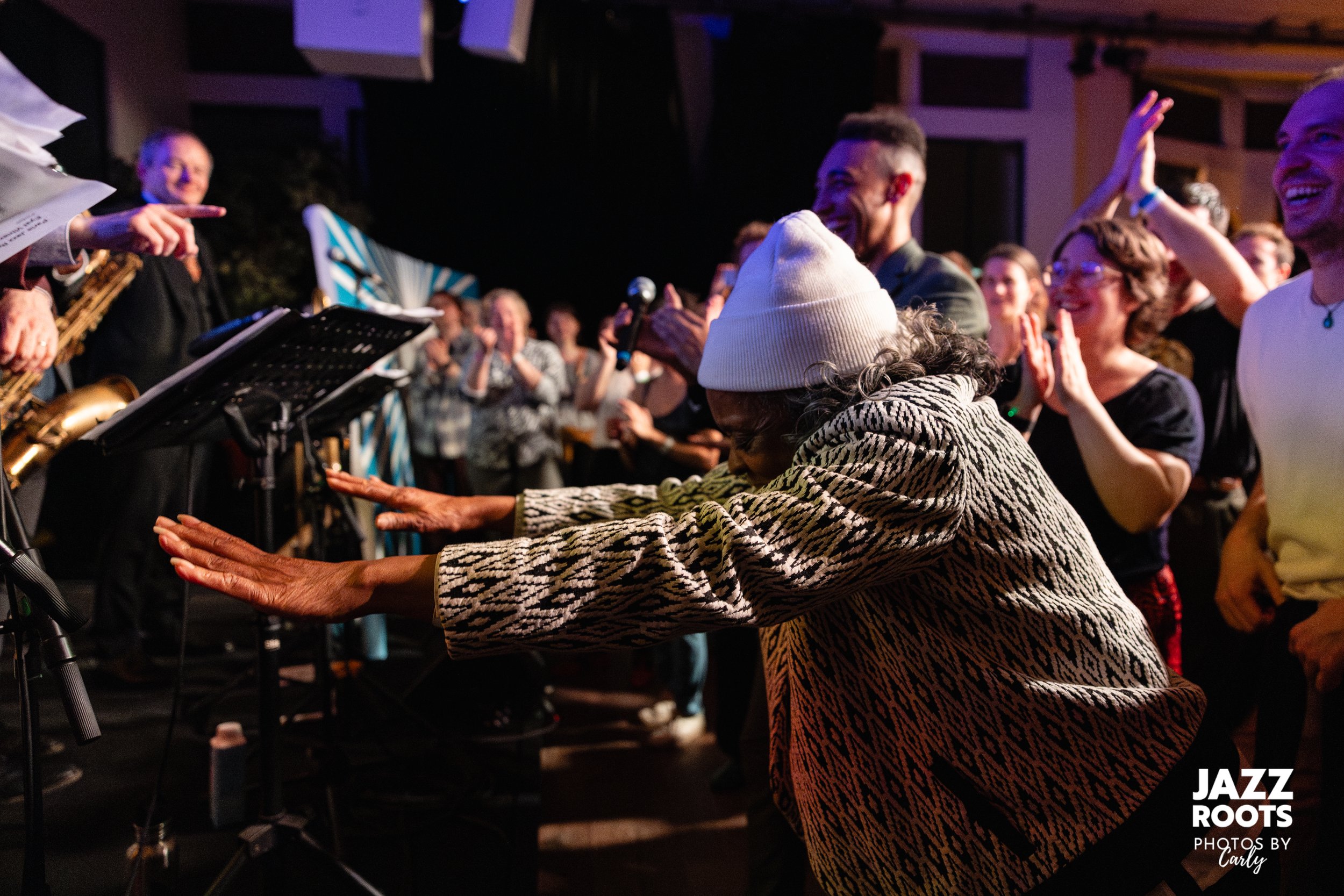
The Concept of the Jazz Roots Festival
The Jazz Roots Festival promotes solo dances connected to jazz, starting with Authentic Jazz Roots and reaching out to dances that inspired it, as well as others that have been influenced by it. Our goal is to create a sense of continuity and constantly enrich our dance by drawing inspiration from broader horizons.
Throughout the festival, up to 14 hours of classes will be offered, showcasing a variety of dance styles, including Authentic Jazz, Charleston, Tap, Body Percussions, House, African Dance, and more. These different styles aim to highlight the rich tapestry of influences within the jazz dance tradition, offering dancers the opportunity to explore both its roots and its ongoing evolution.
These dances are united by a shared DNA based on freedom of expression, improvisation, and musicality—fundamental elements of jazz. Like jazz, these dance forms provide a powerful platform for individuality, creativity, and storytelling through movement. By blending jazz traditions with urban dance styles, we aim to create a deeper, more vibrant dialogue between different dance cultures.
History of the Jazz Roots Festival
The term "Jazz Roots" was coined in 2002 by Olivier Ménicot, also known as BrotherSwing, to distinguish the jazz dance of the Swing era from modern jazz dance, which evolved from the 1940s onward. Choreographers like Jack Cole, Bob Fosse, and Matt Mattox began blending classical, Asian, and tap dance forms, gradually shifting away from the traditional groundedness, rhythmic complexity, and deep musical connection that defined early jazz dance. This evolution led to a more theatrical and scenic interpretation of jazz dance.
The Paris Jazz Roots Festival was first created in 2005 by Olivier Ménicot, with Emile 'Miles' Hougbossa serving as its artistic director. Together, they laid the foundation for what has become a renowned celebration of jazz dance, committed to preserving its rich history while pushing its boundaries forward.
By understanding Jazz Roots dance, we gain a deeper appreciation of jazz's journey from its African roots to its modern-day interpretations, and how it continues to influence the world of dance and music.